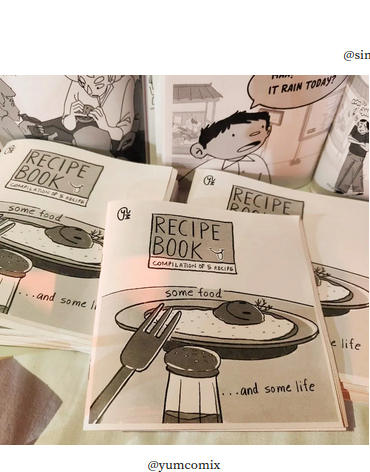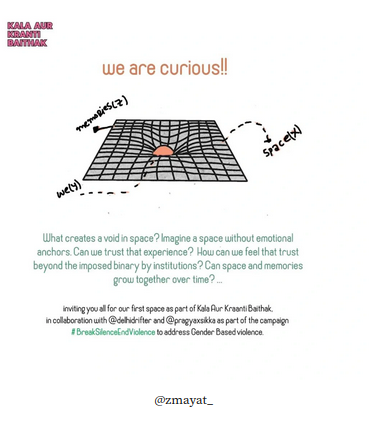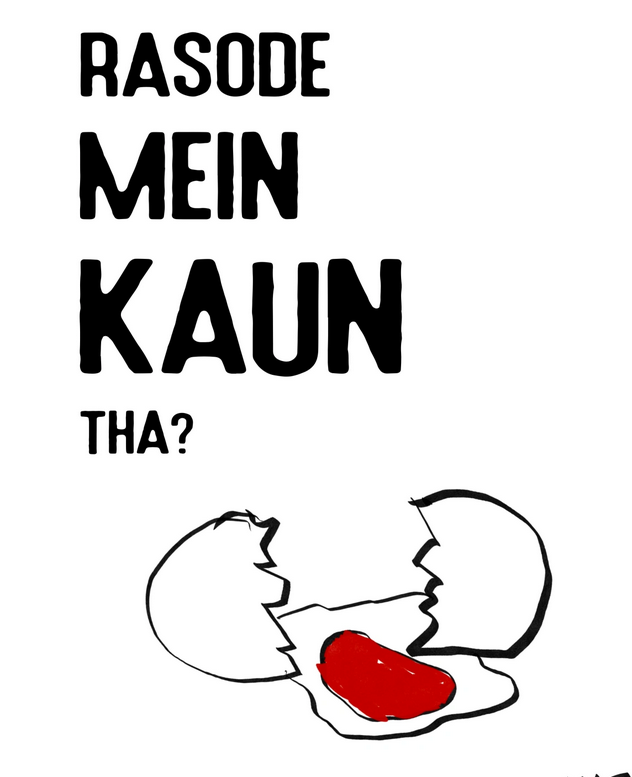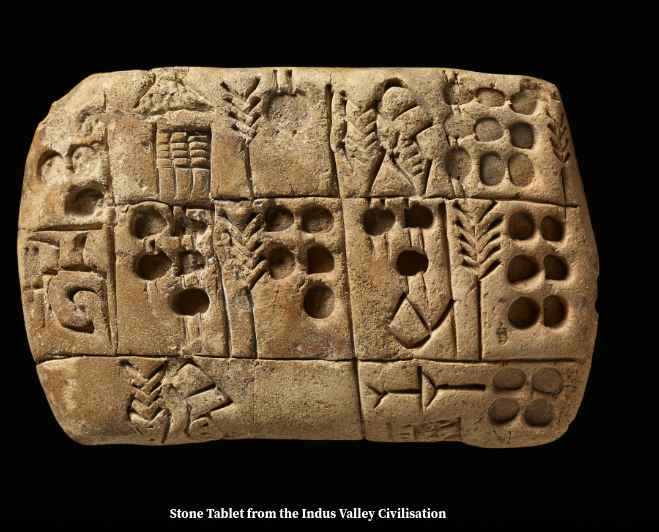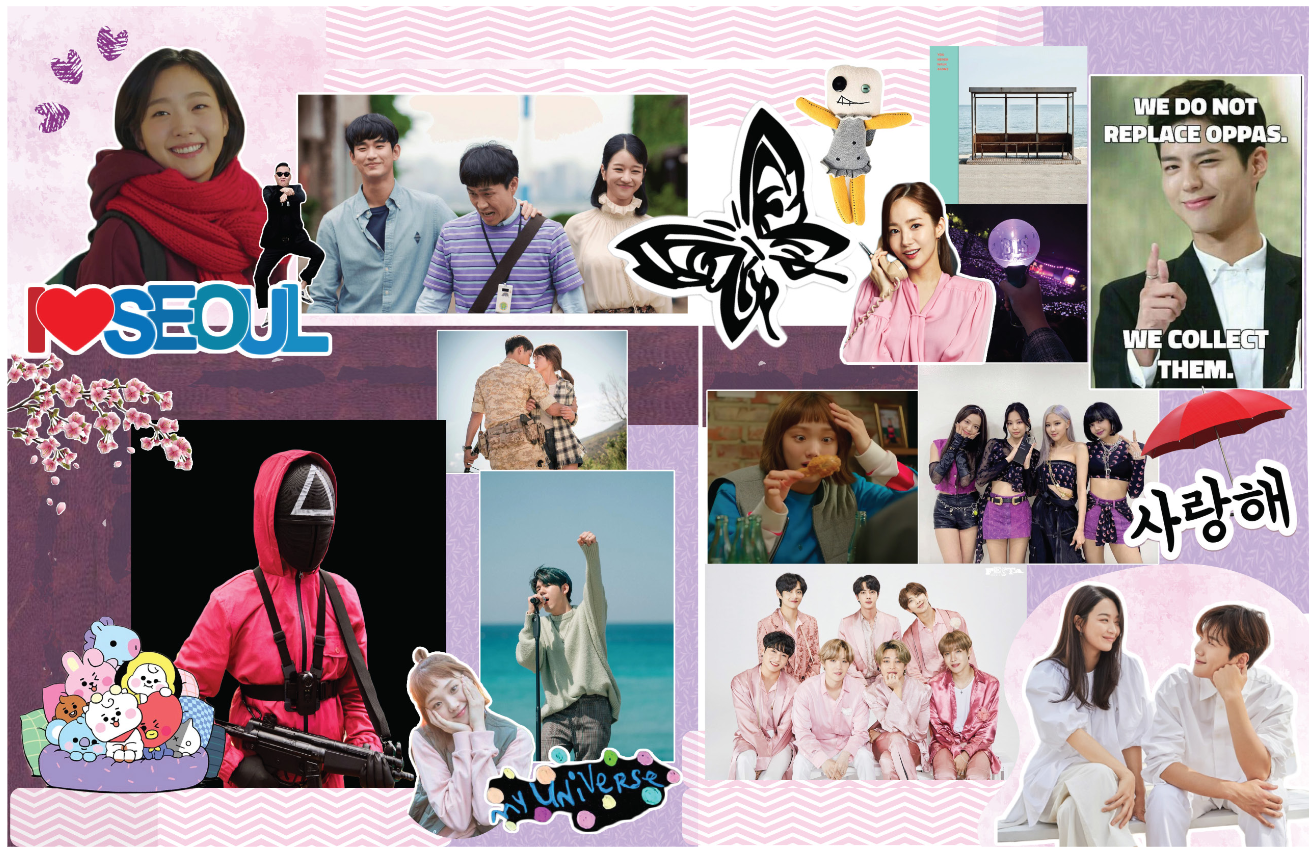Blogs

Opn Art House 2023
28 Dec 23
By Owner
Time : 496 days 20 hours 26 minutes 28 seconds ago
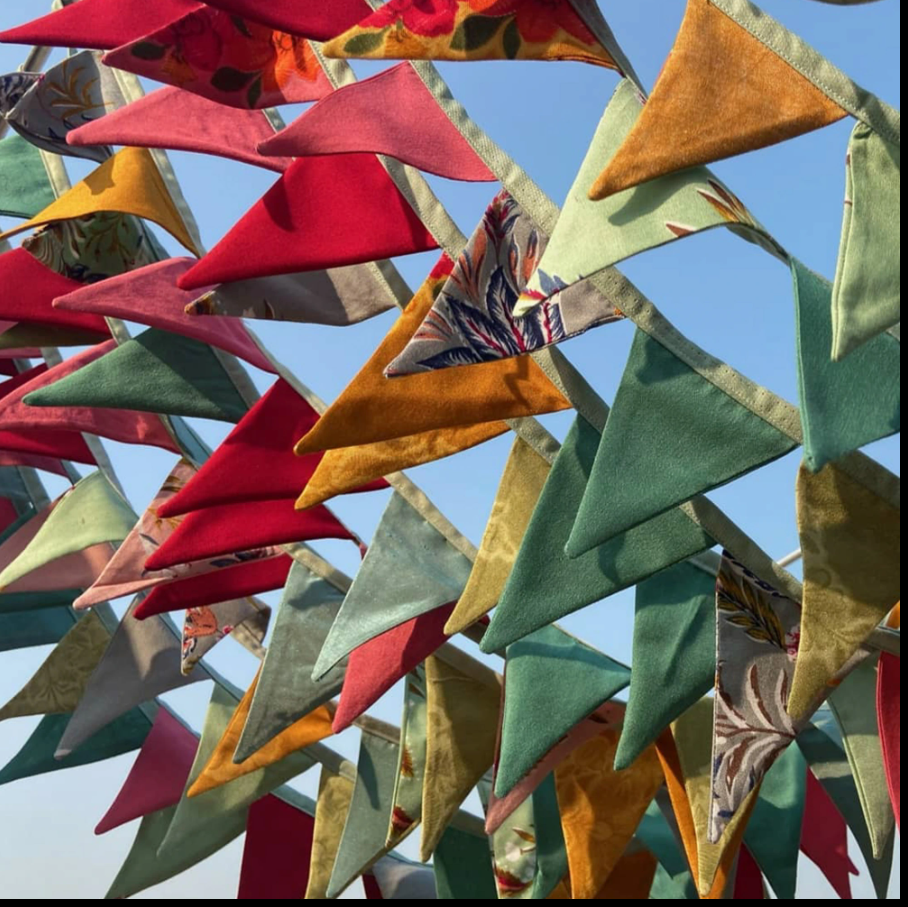
“Joy as Resistance” was the overarching theme, however, there were significant motifs that distinguished everyone’s interpretation. Through zines, posters, art, jewelry, ceramics, and more
In the vibrant two-day event – Opn Art House 2023, organised by the Gaysi family at Max Mueller Bhavan, Delhi, where a number of profoundly visionary artists put their work up for display and sale. “Joy as Resistance” was the overarching theme, however, there were significant motifs that distinguished everyone’s interpretation. Through zines, posters, art, jewelry, ceramics, and more, we identify mindsets and ideas that we’ve been tracking over the past year and are hopeful to soon showcase through our upcoming Trendbook.
Art, design, and an aesthetic pursuit have often been delegated to an exclusive few who are said to be “gifted.” However, speaking to the fundamental nature of us as a people, we are all endowed with creative insight, intuition, and a yearning to express. Art, in its essence, serves as a powerful manifestation of the collective unconscious (shared mental concepts amidst humanity) and a guiding compass that helps us fathom the sometimes unspoken needs of our society.
Most of us feel intimidated by art. It confounds us, and we don’t quite understand what would be the intelligent thing to say. The aim here is to bridge this gap and to initiate you, the reader, to come along on this journey where we don’t just view art passively. We wish to impart with you the patterns, clearly discernible idea clusters, and perhaps a few takeaways that would help you more potently engage with art in the future. It is also an initiation into developing an eye for sensitivity and being more subtly attuned to the shifts around you.
There is an increasing gravitation toward tactile, handmade, and tender craftsmanship which is evident in our evolving preferences. Our everyday objects of “utility” have begun to regard the “functionality of aesthetics.” The inanimate has become an extension of ourselves and is imbued with character. Further, the integration of tradition with the contemporary ignites dialogues that bridge temporal and cultural gaps.
In conversations with Achyut from Loksutr, one sees a beautiful marriage of the indigenous with the modern. They transform the intangible cultural heritage and traditional knowledge systems by creating products of relevance and empowerment. The artisan’s ancestral wisdom is revitalized in a new light, strengthening the thread of our diverse socio-cultural fabric and preserving what is now threatened by extinction with the advent of rapid modernization and technology.
Vishakha, a fiber artist who goes by the pseudonym “A Spinster,” is also immersed in the tactile. She is an amazing example of how much of art is centered around the process. She spoke with effervescence about the profound delight she finds in working with hands, the spinning and dyeing of her own yarns, felting, and crocheting. Here, the art of creation is a meditative engagement, and by investing in such products, there is a transformation toward conscious consumption.
Further, Studio Kai’s creation is a confluence of thread and earth. They craft goodies from clay, hand paint them, and add value with thread – in doing so, they explore their fascination with nature, breathing life and stories into the inanimate.
Relationships, shared spaces, and evolving social paradigms are a common thread in the works of many artists. Where we stand in the digital era and the hitherto unseen challenges that it presents are also part of the visual dialogue. While mental health – a topic that was neglected for the better part of history – has now become commonplace in our parlance, food, the process of cooking, and its associative memory have also become interesting mediums to talk about emotive experiences.
In a particularly captivating dialogue with Simran Pujari, the essence of this cluster of ideas unfolds with poignant clarity. Pujari articulates her creative process and the inspiration behind her work, with a focus on the zine titled “Rasode mein kaun tha.” Within the pages, Pujari doesn’t merely interpret; she delves into the lived experiences of the women in her family, slipping into their metaphorical shoes. “Rasode mein kaun tha” becomes a journey of exploration, not just of familial narratives but also an introspective examination of joy and its ever-changing definitions. The conversation seamlessly navigates through the personal, the political, and the deeply emotive spiritual.
Another example that can’t be missed is @zmayat_ by @tilottama_ and @mx.kaurchimuk, a collaborative endeavor where they involve voices, researchers, artisans, poets across diverse fields in emphatic social and political dialogues through their work. The work articulates itself not just in words but also through the medium of presentation, where special emphasis was given to the choice of paper, the method of binding, and how profoundly integral they are to the message within the pages.
The visual vocabulary of a plethora of artists unfolds an undulating dance of lines, the interplay of shapes, the molding of forms, and the kaleidoscope of colors coalescing into a symphony of assertion and an unabashed declaration of selfhood. Their conceptual canvases encapsulate the mindset of an individual embarking on an inward journey, and through this, they translate their experiences into a vivid, tangible embodiment of the profound lessons learned along the way.
Viraj’s work is a melting pot of diverse inspirations and art styles. His choice of colors is potent and psychedelic; however, his lines are reminiscent of Warhol and Basquiat. (Andy Warhol, an American artist and filmmaker, played a pivotal role as a pioneer and prominent figure in the 1960s Pop art movement. His art, mass-produced and iconic, elevated the perceived mundanity of American commercial culture. Jean-Michel Basquiat, another American painter, gained recognition for his distinctive raw and gestural painting style, characterized by graffiti-inspired images and scribbled text.) There is a profound candor in expression that lovingly incorporates elements of darkness. Similarly, Ishleen Kaur, in a profoundly vivid depiction of her experience of reality, shows how she journeys the world through her consciousness.
Sharanya is another formidable illustrator with a unique visual language that enunciates narratives around brown bodies and queerness with a hint of desi. She said she draws what she wishes to see more of in the world. Vaishali Khaas also punctuates a visual exchange that underlines the reclamation of bodies and pleasure, particularly the feminine. Meanwhile, Jyotsana Singh – a charming ball of quirkiness – has an aesthetic that assimilates the absurd through satire.
Of Wisdom & Perception
A dance with the cosmos, an intricate interplay of the universe within and without, the unification of life forms and their collective impact is a significantly observable cluster of ideas. Spirituality becomes a symphony of ethereal energies, inviting us to witness life in its purest essence and encouraging us to peer beyond our desensitized filters. The revelation lies not just in observing life but in truly seeing it, trusting one’s intuition and examining sensory perception.
Akshita’s work finds heartfelt resonance with many as it distills the existential and spiritual dimensions of human existence. The visuals are otherworldly yet they don’t feel alien to us. Speaking of the extraterrestrial, Shanaya Scott through her jewelry brand Hexxed talks about our connection as a species with the beyond.
Aditya Joshi, an architect turned illustrator, whose love for sneakers reigns superlative, places them in proportions larger than life and within interesting spaces. Furthermore, his work also has neo-futurist realms overlapping with spirituality. Finally, Saloni’s body of work, which she calls mind doodling on her Instagram bio, is a compelling take on the cosmic interdependence of life. Her work brings forth oneness and also attempts to understand the experience of reality without robbing its inherent mystery.
To conclude with the words of Rick Rubin-
“Regardless of whether or not we’re formally making art, we are all living as artists. We perceive, filter, and collect data, then curate an experience for ourselves and others based on this information set. Whether we do this consciously or unconsciously, by the mere fact of being alive, we are active participants in the ongoing process of creation.
To live as an artist is a way of being in the world. A way of perceiving. A practice of paying attention. Refining our sensitivity to tune in to the more subtle notes. Looking for what draws us in and what pushes us away. Noticing what feeling tones arise and where they lead.
Attuned choice by attuned choice, your entire life is a form of self-expression. You exist as a creative being in a creative universe. A singular work of art.”
Written by Harini Srinivas.


